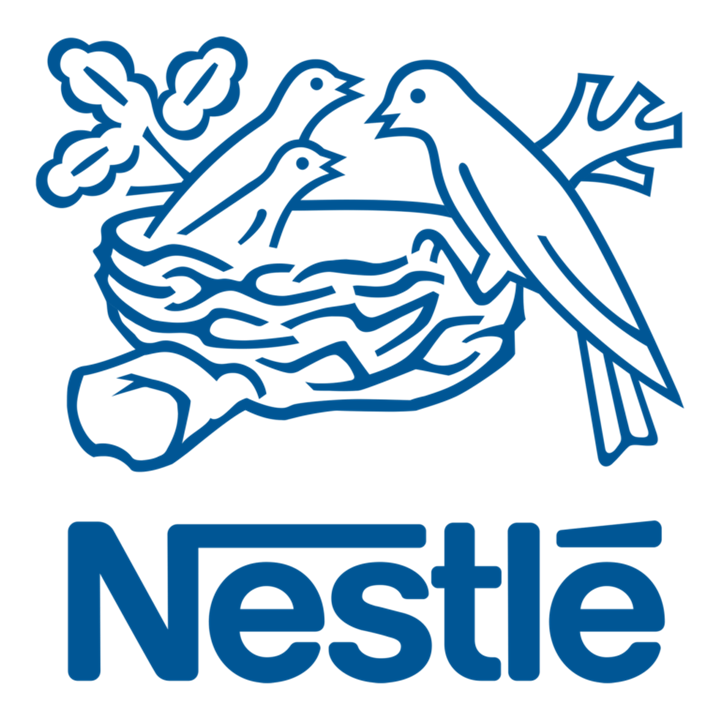Doświadczenia
na rynku
Dostarczonych produktów
w roku 2022
z którymi
współpracujemy





Oferta


















Usługi
Oferujemy szeroki zakres usług logistyczno-magazynowych, marketingowych oraz obsługę celną.
Nasze biura
POLSKA
Brand Distribution Group
al. Niepodległości 18
02-653 Warszawa
al. Niepodległości 18
02-653 Warszawa
 8:00-18:00 (GMT+2)
8:00-18:00 (GMT+2) POLSKA
Brand Distribution Group
ul. Bitwy Białostockiej 5
15-102 Białystok
ul. Bitwy Białostockiej 5
15-102 Białystok
 8:00-18:00 (GMT+2)
8:00-18:00 (GMT+2) NIEMCY
GTG Hansa GmbH
Storkower Str. 115A
10407 Berlin
Storkower Str. 115A
10407 Berlin
 8:00-18:00 (GMT+2)
8:00-18:00 (GMT+2) WIELKA BRYTANIA
Brand Distribution (UK) LTD
5 The Mall, Ealing
W5 2PJ Londyn
5 The Mall, Ealing
W5 2PJ Londyn
 8:00-18:00 (GMT+1)
8:00-18:00 (GMT+1) HISZPANIA
Brand Distribution Iberia S.L
Paseo de Gràcia 21, Principal
08007 Barcelona
Paseo de Gràcia 21, Principal
08007 Barcelona
 9:00-18:00 (GMT+2)
9:00-18:00 (GMT+2) SINGAPUR
Brand Distribution Asia Pacific Pte. Ltd
320 Serangoon Road #13-05 Centrium Square
218108 Singapur
320 Serangoon Road #13-05 Centrium Square
218108 Singapur
 8:00-18:00 (GMT+8)
8:00-18:00 (GMT+8) 






















